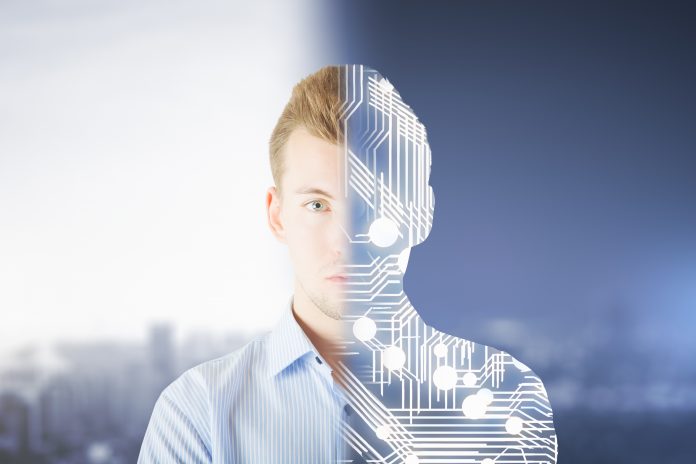Here, we focus on robotics and artificial intelligence, two areas that come under the European Commission’s wider Digital Single Market policy
The Digital Single strategy of the European Commission sets out to “open up digital opportunities for people and business and enhance Europe’s position as a world leader in the digital economy.”(1) This article will briefly examine a part of that by looking at the work of the Robotics and Artificial Intelligence (Unit A.1).
We know that the Unit sets out to push forward the development of a competitive industry in robotics and artificial intelligence (AI) throughout Europe. Certainly, this includes industrial and service robots plus the growing field of autonomous systems from drones and driverless vehicles to computing and cognitive vision.
Also, the Unit encourages the wide uptake and best use of robotics and AI in all societal and industrial fields. The Unit takes responsibility for the European Commission’s participation in the contractual PPP on Robotics and for the implementation and development of the relevant strategic industrial agenda.
As well as managing RD&I projects within Horizon 2020, the UNIT keeps up-to-date with legal and ethical issues in the field of robots and autonomous systems, for example, aspects related to the impact of automation and robotics on jobs and work environment, as well as liability and safety.
Currently, Juha Heikkilä is Head of Unit at Robotics and Artificial Intelligence (Unit A.1) (2). Juha joined the European Commission in 1998 and today works in their (3) Directorate-General for Communications Networks, Content and Technology (DG CONNECT). This is the department “responsible to develop a digital single market to generate smart, sustainable and inclusive growth in Europe.” (4)
In July 2019, we find out that the European Commission launched a call to develop a vibrant European Network of AI Excellence Centres. Under the Horizon 2020 Work Programme 2018-2020, proposals for this can be submitted up to 13th November 2019. Europe has important potential to lead technological advancements in AI, with a strong research infrastructure and world-class community of scientists at their disposal. It is, therefore, crucial that the crème de la crème research teams in Europe collaborate to combat significant technological and scientific challenges.
The Commission is looking ahead at a long-term effort to unify the European AI community and make the region an AI powerhouse. To achieve this, they believe that two actions are needed:
- Research and Innovation Action to mobilise the best researchers into networks of excellence centres to reach a critical mass on important AI topics.
- Coordination and Support Action to enable exchange between the selected projects, as well as other relevant initiatives.
These aforementioned actions should create synergies with the industrial sector and, “foster an ecosystem of R&D resources, expertise and infrastructure (in areas such as HPC, robotics equipment, IoT infrastructure).” (5)
In other news, a significant piece of robotics news from the European Commission came in late 2018 when they awarded €66,000,000 to robotics projects that will help digitise companies throughout the European Union (EU). As part of the Digitising European Industry Call of Horizon 2020, the EU’s research and innovation programme, one coordination support action and four projects have been awarded. We read more about this on the European Commission’s website.
“They will all help small and medium-sized enterprises (SMEs) adopt new technologies in the robotics and artificial intelligence area. Nearly half of the money dedicated to these Digital Innovation Hubs (DIHs) projects will be dispatched to local companies by involving them in mini-projects or experiments.”
The four awarded projects are:
- DIH^2: A network of 26 DIHs to reach no less than 170 DIHs.
- DIH-HERO: A broad pan-European network of DIHs specialising in healthcare robotics will be established.
- TRINITY: The aim here is to create a network of multidisciplinary DIHs consisting of research centres, university groups companies that cover a wide array of topics.
- RIMA: This sets out to establish a network of 13 DIHs on robotics to facilitate the uptake of maintenance and inspection and maintenance technologies. (6)
The topics briefly discussed are just a few examples of the excellent work of the Robotics and Artificial Intelligence (Unit A.1) within the European Commission and we look forward to future developments in this most exciting area of work. It’s a really important aspect of the Digital Single Market but it’s not the only part of it.
References
1. https://ec.europa.eu/digital-single-market/en
2. https://ec.europa.eu/digital-single-market/en/content/robotics-and-artificial-intelligence-unit-a1
3. http://conferences.au.dk/robo-philosophy-2018-at-the-university-of-vienna/keynotes/juha-heikkilae/
4. https://ec.europa.eu/info/departments/communications-networks-content-and-technology_en
5. https://ec.europa.eu/digital-single-market/en/news/ai-excellence-europe-eu50-million-bring-world-class-researchers-together
6. https://ec.europa.eu/digital-single-market/en/news/commission-awards-eu66000000-new-robotics-and-artificial-intelligence-projects











